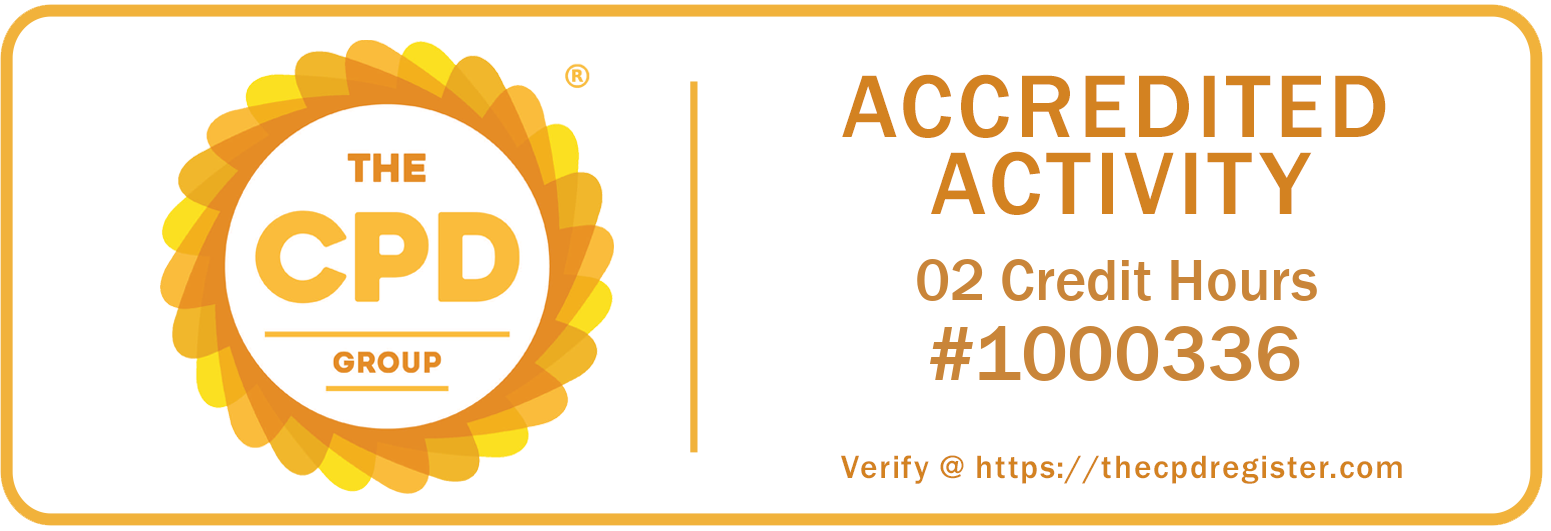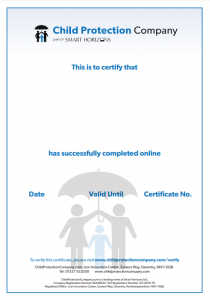Safeguarding Children and Vulnerable Adults
Please read our level 1/2 safeguarding training article especially if you are a healthcare professional
The Safeguarding Children and Vulnerable Adults online course is written for professionals who require safeguarding training for both vulnerable adults and child protection. Saving you time and money, this safeguarding course introduces the applicable legislation and guidance, signs and indicators of abuse and how to respond to concerns.
If you work in healthcare, please read the 'What is level 1/2 safeguarding training' article which offers more explanation on the safeguarding training levels in the sector.
Please note: We have separated the dental version of this course and renamed it to reflect the levels outlined in the intercollegiate document. Our portfolio of dental courses can be purchased here.


£35.00 + VAT
Bulk Buy Discounts
10+ courses - Save 10%
20+ courses - Save 15%
50+ courses - Save 20%
75+ courses - Save 25%
100+ courses - Save 30%
Volume discount applied at checkout
Key Features

Course Content for Safeguarding Children and Vulnerable Adults
This course is a basic introduction to safeguarding. It will help you to recognise potential abuse and will supply you with the knowledge to report an incident and take appropriate action.
There are variants for Scotland, Wales and Northern Ireland. You can choose the most appropriate option at the start of the course.
On completion of this course, the learner will:
- Have an awareness of the range of legislation and guidance surrounding safeguarding and protection
- Be able to define the different types of abuse
- Be able to demonstrate an awareness of the various indicators of abuse and neglect
- Be aware of the effects of personal values and attitudes towards abuse
- Understand your responsibility to report concerns
- Be aware of the importance of maintaining a person focus
- Be able to demonstrate an awareness of the actions to take in the event of suspected abuse
The purpose of this first module is to help you assess your current knowledge of child/adult protection. You will look at a series of scenarios that will start you thinking about some of the ways in which you could encounter potential abuse, and what actions you might take in response.
This module will look at what child/adult protection and safeguarding actually are in practical terms. On completion of the module, you will have a much better understanding of key words and phrases and how these relate to safeguarding and child/adult protection. A better understanding of terms such as ‘child in need’ and ‘significant harm’ will help you to put the language of safeguarding in context.
Safeguarding and protecting people must operate within a framework of guidance and legal procedure. This module offers an overview of this framework and how it is applied. Of course, you will not be expected to quote detailed laws directly, but you will gather a general understanding of what they are. This module will also look at the organisations that may be part of safeguarding, their responsibilities, and the guidelines for protection.
Where appropriate, the course is designed to meet the needs of:
- The Rights of Children and Young Persons Measure (Wales)
- Working Together to Safeguard Children (England)
- Getting It Right for Every Child (Scotland)
- Understanding the Needs of Children (Northern Ireland)
By the end of the module, you will have a much clearer understanding of safeguarding guidance, the associated agencies and the legalities of protection. You will also see how the agencies work together to tackle the problem of abuse.
To effectively detect, reduce and hopefully prevent abuse, we need to strictly define what it is and how it manifests itself. Understanding the categories of abuse facilitates our ability to recognise the tell-tale signs that it is taking place.
At the end of this module, you will have a better understanding of what we mean by abuse, what the specific areas of abuse are, and how to spot them.
People, regardless of age, often find it very difficult to talk about the abuse they're experiencing. The anxiety they feel may display itself in different ways, such as them having challenging or changed behaviours, and we need to recognise these signs of abuse. Abusers are often adept at covering their tracks and may appear to be very caring people, so recognising the signs of abuse can often be the first alert to a situation.
At the end of this module, you will be more familiar with the definitions of abuse and the signs and indicators of the different types of abuse.
Sadly, many cases of abuse are disclosed several times before any action is taken. Taking a person-centred approach places the possible victim at the heart of your safeguarding and helps reduce the time taken to get help where it is needed.
By the end of this module, you will have a better understanding of what it means to be child- and person-centred.
This part of the course builds on the work we did in module three, where we looked at effective consultation between agencies and the increased understanding of the signs of, and the different types of abuse we discussed in modules four and five. People can disclose in a number of ways, so, while you want to maintain confidentiality where appropriate, you also need to know when to report and to whom. It is vital that you respond quickly and appropriately when presented with a disclosure of abuse, and this module will cover the right process to follow and what to do (and what not to do) to achieve the desired outcome.
By the end of this module, you will have a better understanding of the correct procedures to follow in response to a potential abuse situation. A step-by-step guide is included, which will help you to refer any concerns you may have.
Using a range of scenarios, you will now take all that you have learned and apply it to an assessment of your knowledge. The final module will allow you to show how much you have absorbed and why it is so important to have safeguarding training.
Once you have passed your assessment, you will be able to download your certificate. Your pass rate will be 70% but don’t worry if you do not pass the first time, as you can take the test multiple times.
Customers Trust Us
"This was an informative course. Great content and easy to understand."
Katie Madden, Mears Housing Management
"A very interesting course, it will make you re-evaluate how you look at situations you come across."
Sarah-Jane Pearce, West Mercia Search & Rescue
Details / Benefits
- Instant access to courses
- Takes between 1-2 hours to complete
- Courses can be taken 24/7 online or on mobile devices
- Less expensive than face-to-face training
- No need to take time out of work to undertake training
- No requirements for minimum or maximum group sizes
- Retrieve centrally held online certificates at the touch of a button
- Individual, personalised certificates can be downloaded and printed
- Downloadable Excel report so you can monitor completion
- Automated reminders when training is due for renewal
- Courses can be stopped and restarted at any point
- Course notes and resources available for the duration of certification
- Friendly, UK-based customer support centre in case you have any queries
- Regularly updated to meet legislation changes
- Provides information, scenarios and downloads relevant to a range of different sectors.
Safeguarding Children and Vulnerable Adults FAQ
Yes, the Safeguarding Children and Vulnerable Adults online course combines online safeguarding training for adults at risk and children. This saves you time and money by offering an introduction to both child protection and vulnerable adult safeguarding in one place.
Why use our Learning Management System?

Call us today at 01327 552030!
Or, alternatively:
